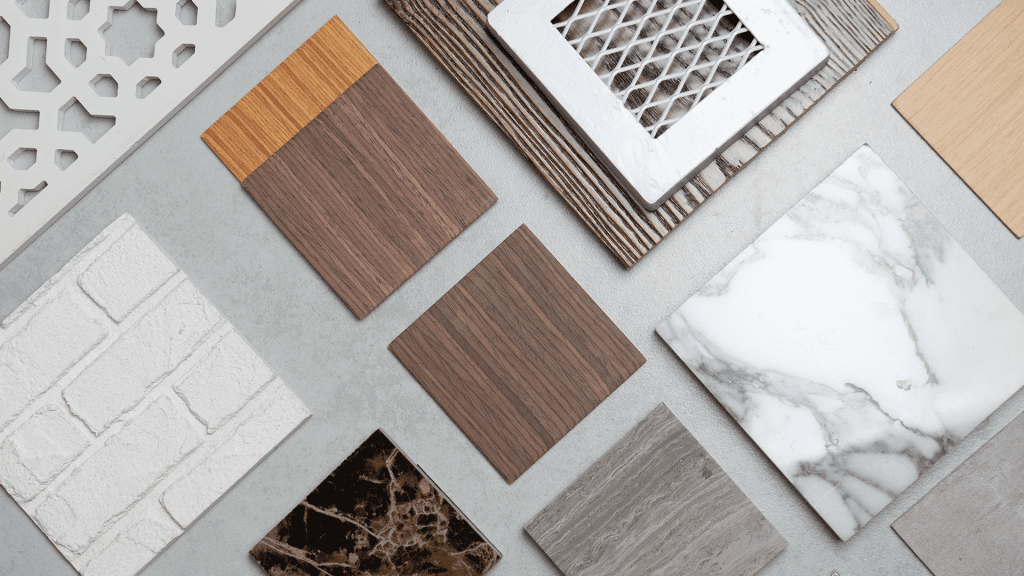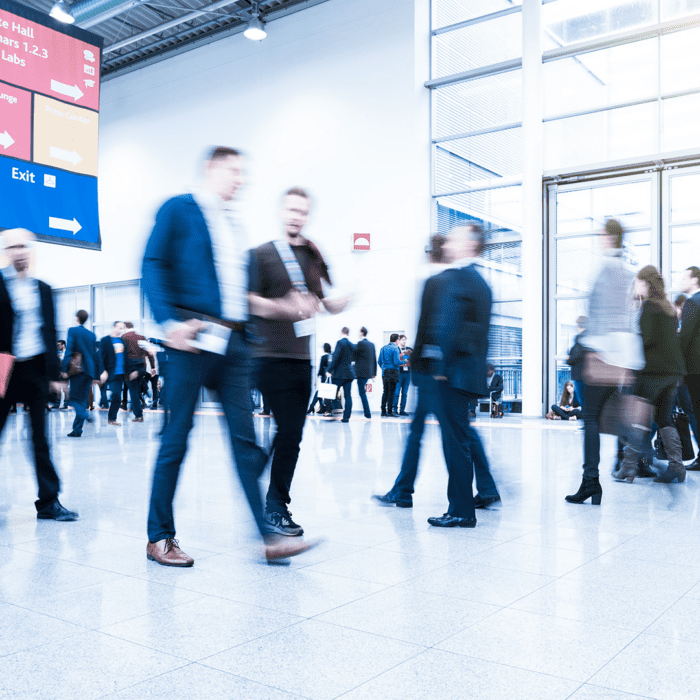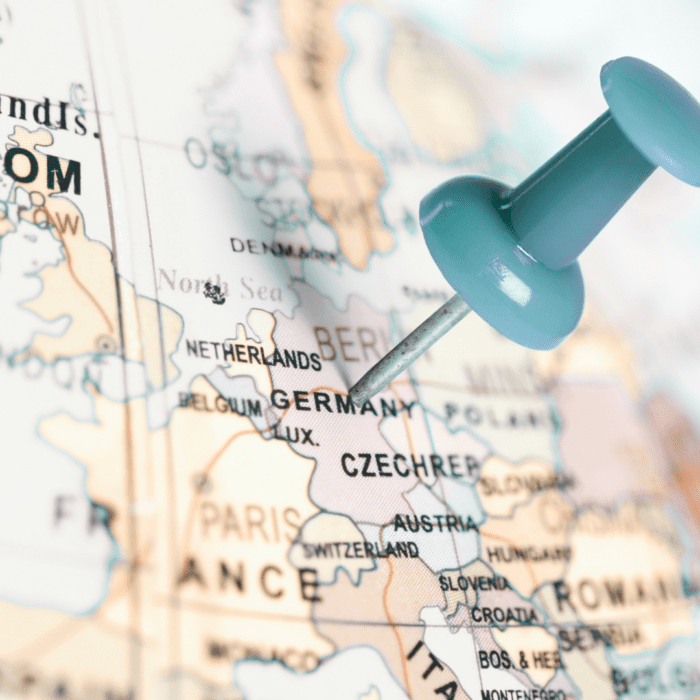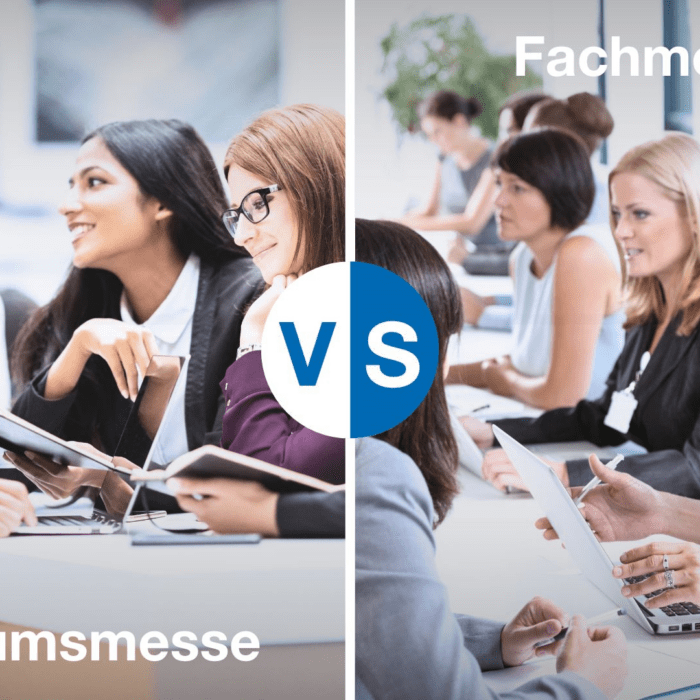In the past, stand construction for trade fairs was often characterised by its short life cycle. Materials must be as light as possible, yet stable, quick to assemble and disassemble, and inexpensive. Thus, well-known and proven plastics are the most popular materials in exhibition stand construction today. While the future is often depicted in films as a dazzling world of different metals and purely digital applications, the trend in interior design is moving in other directions: sustainable, natural and versatile, flexible raw materials are the future of materials in exhibition stand construction.
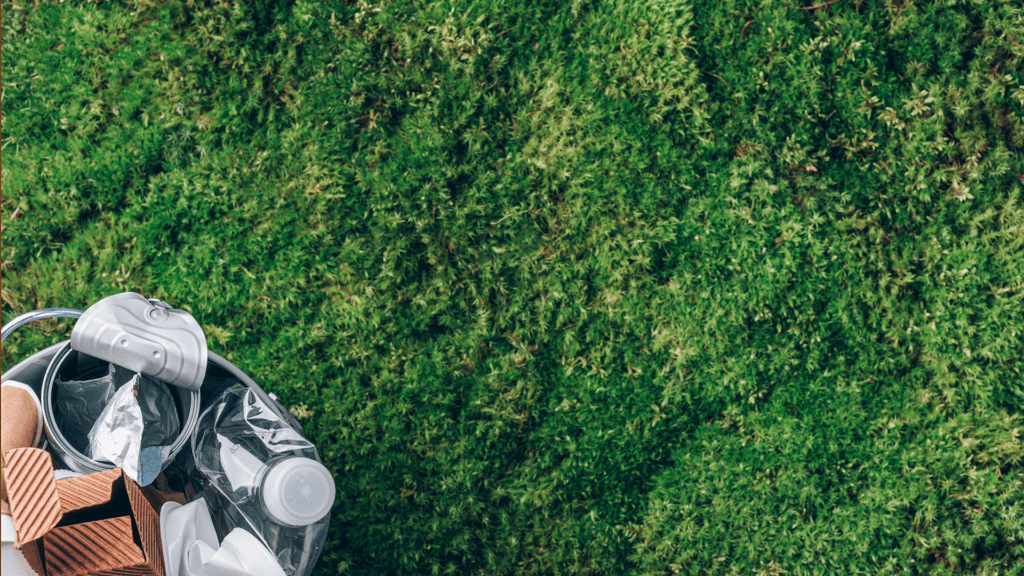

The trend towards sustainability in trade fair construction
No other trend is already as present and ubiquitous as environmental protection – and rightly so! The continuing increase in urbanisation and environmental pollution also affect the field of architecture and therefore all future trade fair stands. Interior designers in general, and our architects at SYMA in particular, prioritise sustainable materials in exhibition stand construction. In our case, this is also certified and specified by the eco-label. Environmental protection and sustainability also go beyond the use of tested, natural materials such as wood, clay, earth and recycled materials. Regionality and the resulting reduction in emissions when purchasing raw materials is also an important factor. Many green plants on the stand support this image and are therefore trendy, for example in the form of a vertical garden as a room divider. They also provide natural cooling, liveliness and a feel-good factor. Naturalness and sustainability also play an important role in lighting.
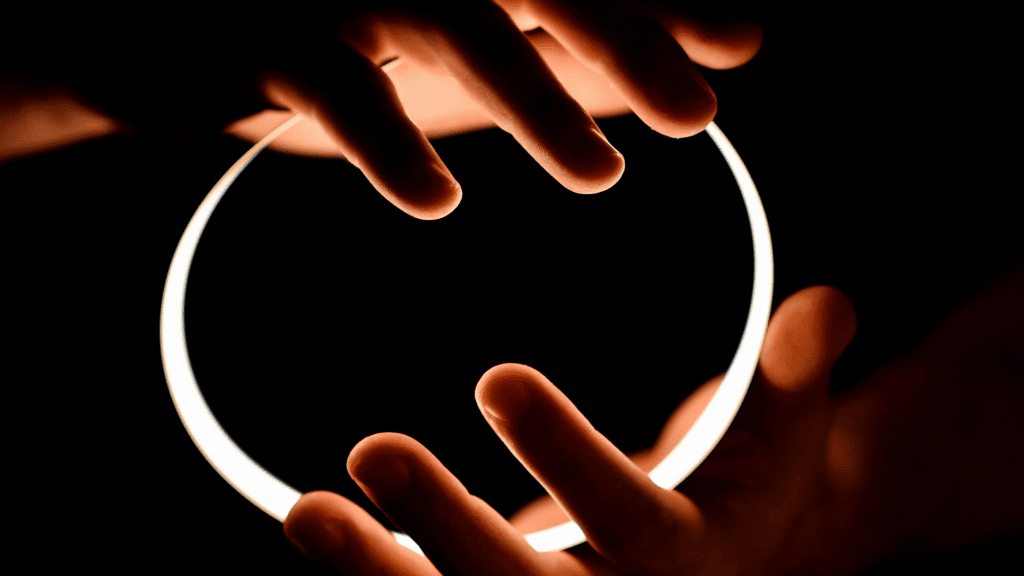

Sustainable and futuristic lighting for the future exhibition stands
Smart energy management
The “Internet of Things (IoT)”, which is also used on trade fair stands, will enable lighting to be networked and automatically controlled in the future. By maximising the use of naturally available light, electricity consumption can be reduced, which is good for the environment. When there is a lot of incident daylight, the artificial lighting can be automatically adjusted by intelligent sensors. Some areas can be dimmed in this way, while others, such as meeting tables currently in use, can be illuminated more strongly.
Light wherever you need it
The lighting is made even more futuristic by the use of “OLED”. These thin-film organic light-emitting diodes can be used to produce a kind of luminescent film or luminescent ribbon that can be integrated unnoticed into virtually any other material. This technology is currently used mainly for large-area displays or lighting, but also for flexible screens. In the future, however, it would also be conceivable to use carpets, textiles or wall elements that, in addition to their original function, also serve as indirect and thus more natural-looking lighting.
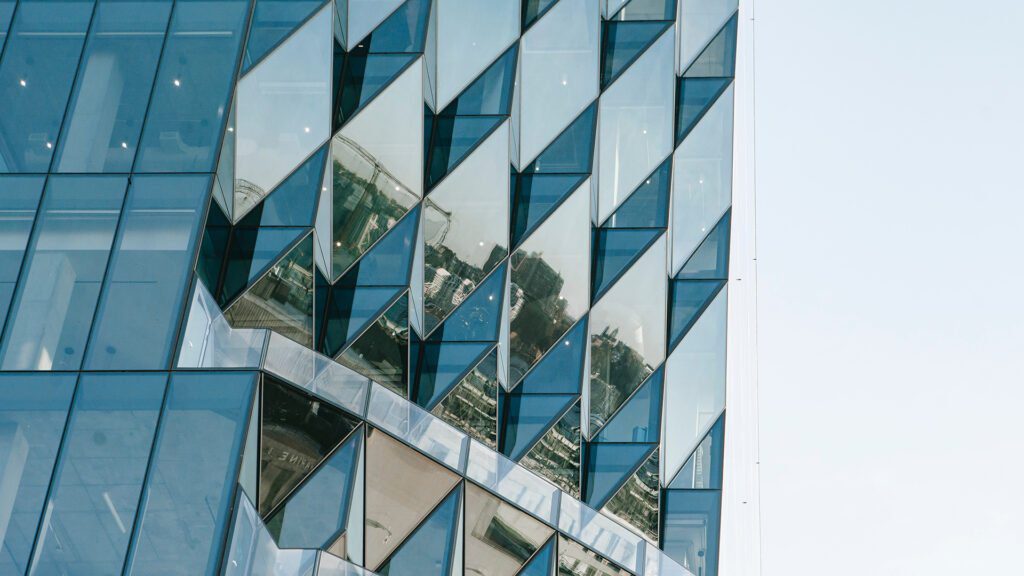

Glass in all its versatility
Glass as a material has also outgrown its original function, which is why it is indispensable in the future of trade fair construction. What is still a transparent wall today can in future become opaque frosted glass for private meeting rooms at the touch of a button or heat entire houses as a heating system. The fragile material we all know is becoming more and more resistant and flexible in use. As an energy manager, glass can not only serve as a heating surface, but also generate electricity by means of solar cells integrated into it. The translucent sunlight, however, can not only benefit from this new energy, but in the future it will be altered by filters specially built into the glass so that it appears even more natural in the interior. This also leads to people being able to concentrate better inside and have more life energy. Glass as a material therefore still offers a lot of potential for a better experience at trade fairs.
Experience the trade fair with all your senses
At trade fairs, the focus is already on the experience. In the future, various digital and smart installations will lead to a multi-sensory experience of the products and the brand at a trade fair stand. Virtual Reality allows products to be viewed in detailed 3D models. The senses of smell and hearing are activated by sensory and acoustic elements that cleverly disappear into the interior of the stand. In this way, brand values can be transported and communicated. This found practical application, for example, in a table created for a trade fair stand made of recycled vanilla beans, which gave off a barely noticeable, gentle scent and at the same time represented a natural and thus sustainable material of the future.
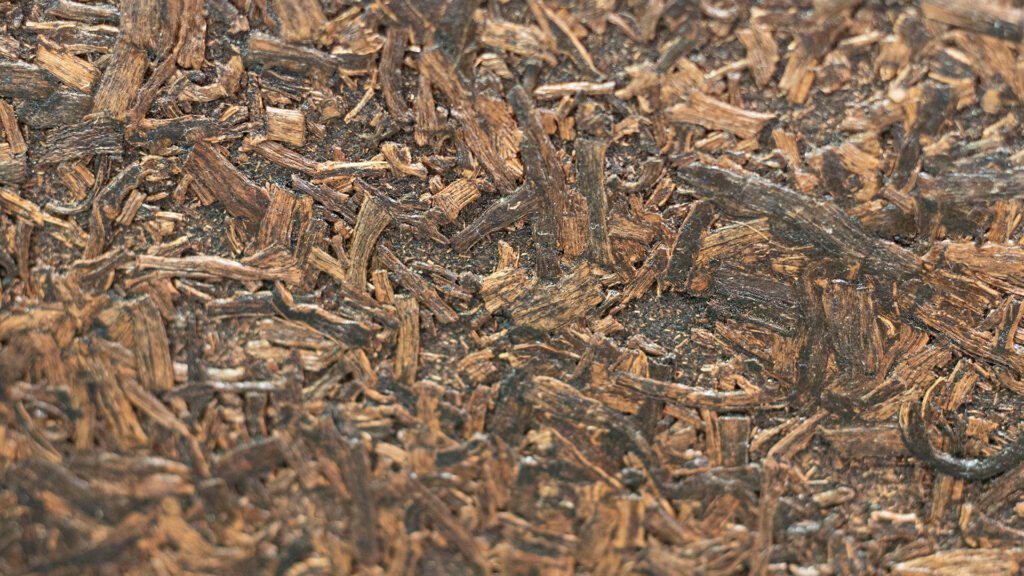

So the future of fabrics used for trade fair construction is not just futuristic high-tech materials and virtual effects, but also a mixture of naturalness, sustainability and new versatility of old familiar elements. Whether it’s a regional wooden chair, a green and simultaneously illuminated partition wall, a solar energy-generating window pane or a fragrant table, the future of materials in trade fair construction is so simple and yet so smart.
If you would like to find out more about the many different materials you could choose from for your SYMA exhibition stand today, please contact us for a personal, no-obligation initial consultation.


